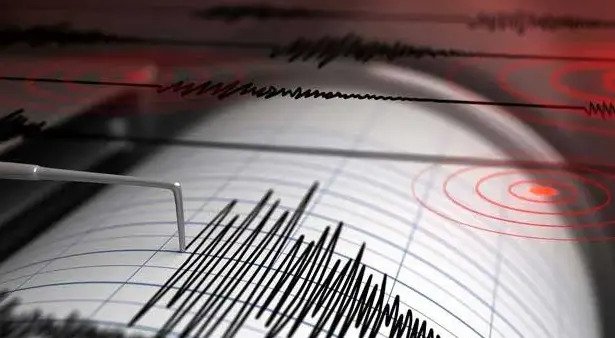Search teams deployed remote-controlled vehicles deep into the North Atlantic on Thursday as more ships joined the international effort to locate the submersible that disappeared over the weekend with five people aboard.
“Today will be a critical day in this search and rescue mission, as the sub’s life support supplies are starting to run low,” Guillermo Sohnlein, who co-founded the company behind the submersible and left in 2013, said in a statement.
The search for the 22-foot vessel, the Titan, has already covered about 10,000 square miles of ocean, roughly the size of Massachusetts. The focus has been on noises that search crews detected underwater days after the submersible lost contact with a nearby ship during a dive to the wreckage of the Titanic on Sunday. Experts say it is not yet clear where the noises came from.
The size and technical capabilities of the search mission are still expanding. One of the ships is carrying a French-operated robot capable of reaching the depth of the Titanic wreck, more than two miles below the surface. The U.S. Navy was also sending a machine that can help recover heavy objects from oceans.
The Titan is believed to have started its deep-sea dive with a roughly 96-hour air supply — enough to last until Thursday morning, or longer if its occupants stay calm and avoid panicked breathing. In discussing the amount of oxygen left on the Titan, Rear Adm. John Mauger of the U.S. Coast Guard said on Thursday that “people’s will to live really needs to be accounted for, as well.”
Capt. Jamie Frederick of the Coast Guard told reporters on Wednesday that he did not want to speculate about when the operation might end. “Sometimes you’re in a position where you have to make a tough decision,” he said. “We’re not there yet.”

















































